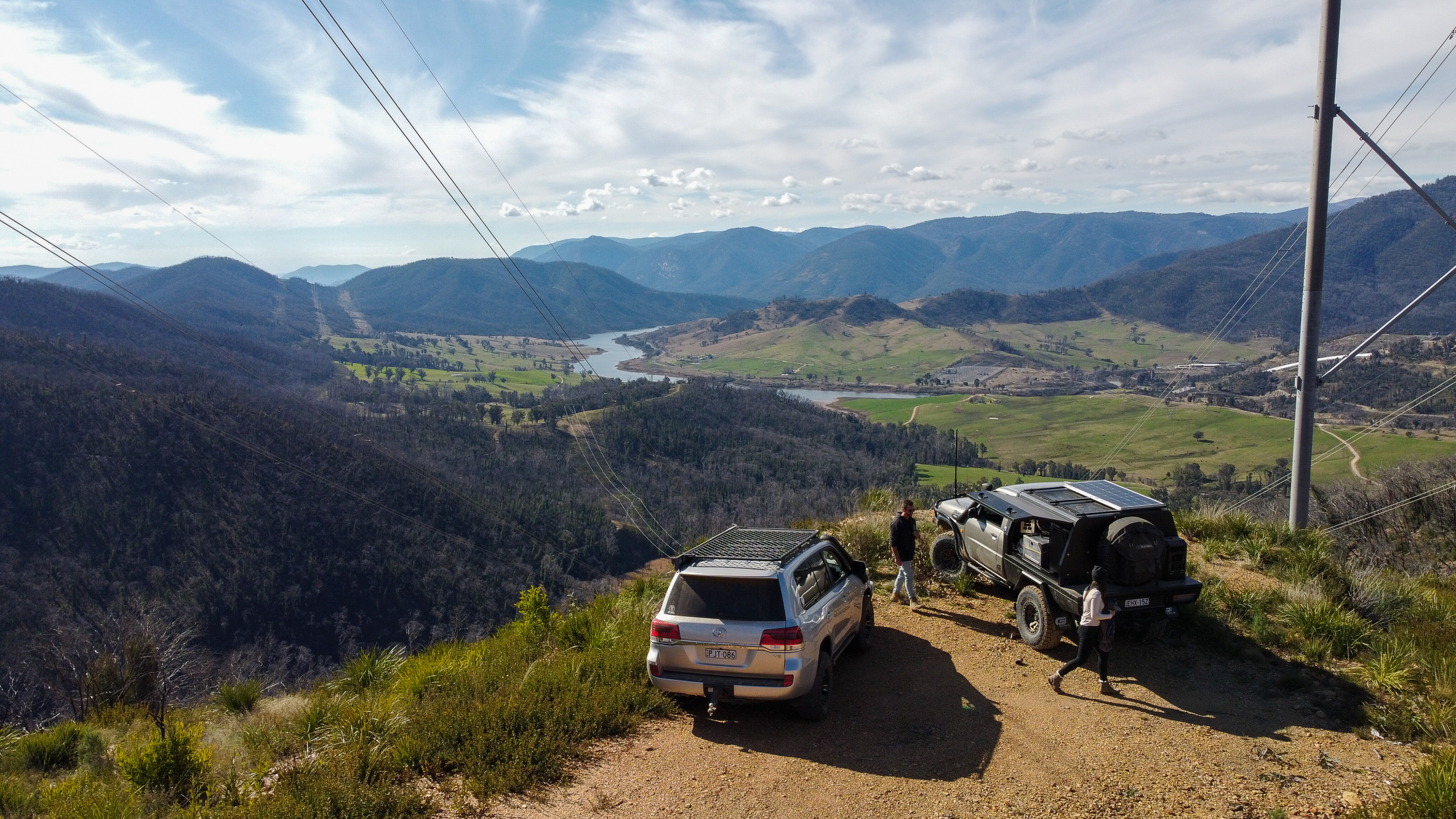
There’s a thread that binds all four-wheel drivers together. It weaves its way through all of us regardless of age, sex, or interests.
Whether you’re a grey nomad pining for that perfect campsite by a flowing stream, or you’ve spent months dialling in your suspension for maximum articulation to conquer the toughest tracks, or maybe you’ve just finally got the weekend off work and you’re looking for wide open spaces for the kids to explore while you sit by the fire with a cheeky red, that call to the wilderness is something all of us share.
Forget being beyond the city lights, we want to be beyond the crowds, where a busy night means counting stars, and the only sounds filling the camp are the roar of the fire and the laughter of good friends.
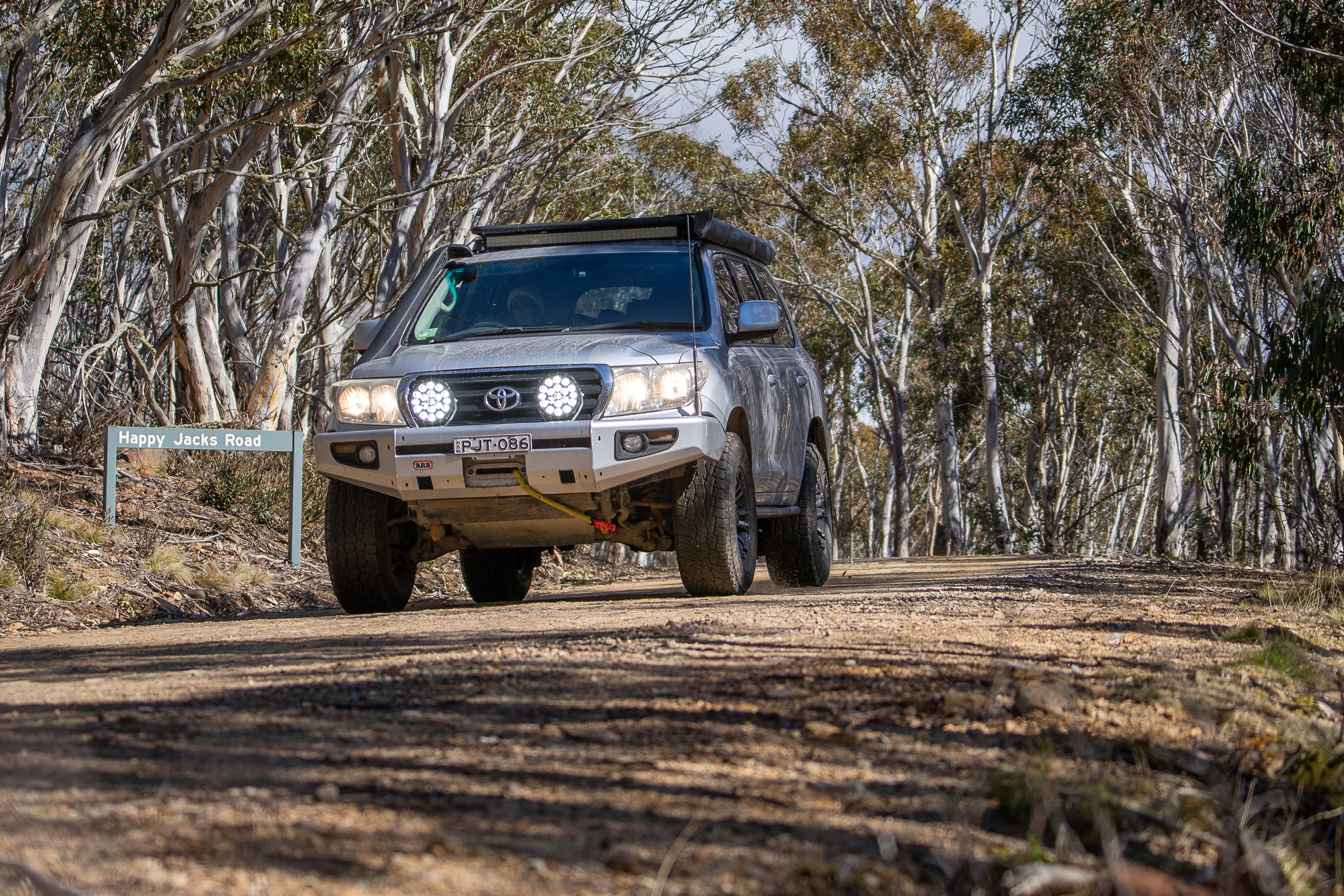
With four-wheel driving becoming ever more popular, it’s becoming harder and harder to find that little slice of wilderness.
You won’t find it at your local campgrounds, and it’s even less likely to find it at those big bucket-list destinations. But the NSW Snowy Mountain region might just be what you’re looking for.
Soaring high above the surrounding terrain, ‘The Snowies’ as they’re affectionately called, play host to some of the most stunning terrain in Australia and remain almost entirely off the radar of most four-wheelers and campers alike.
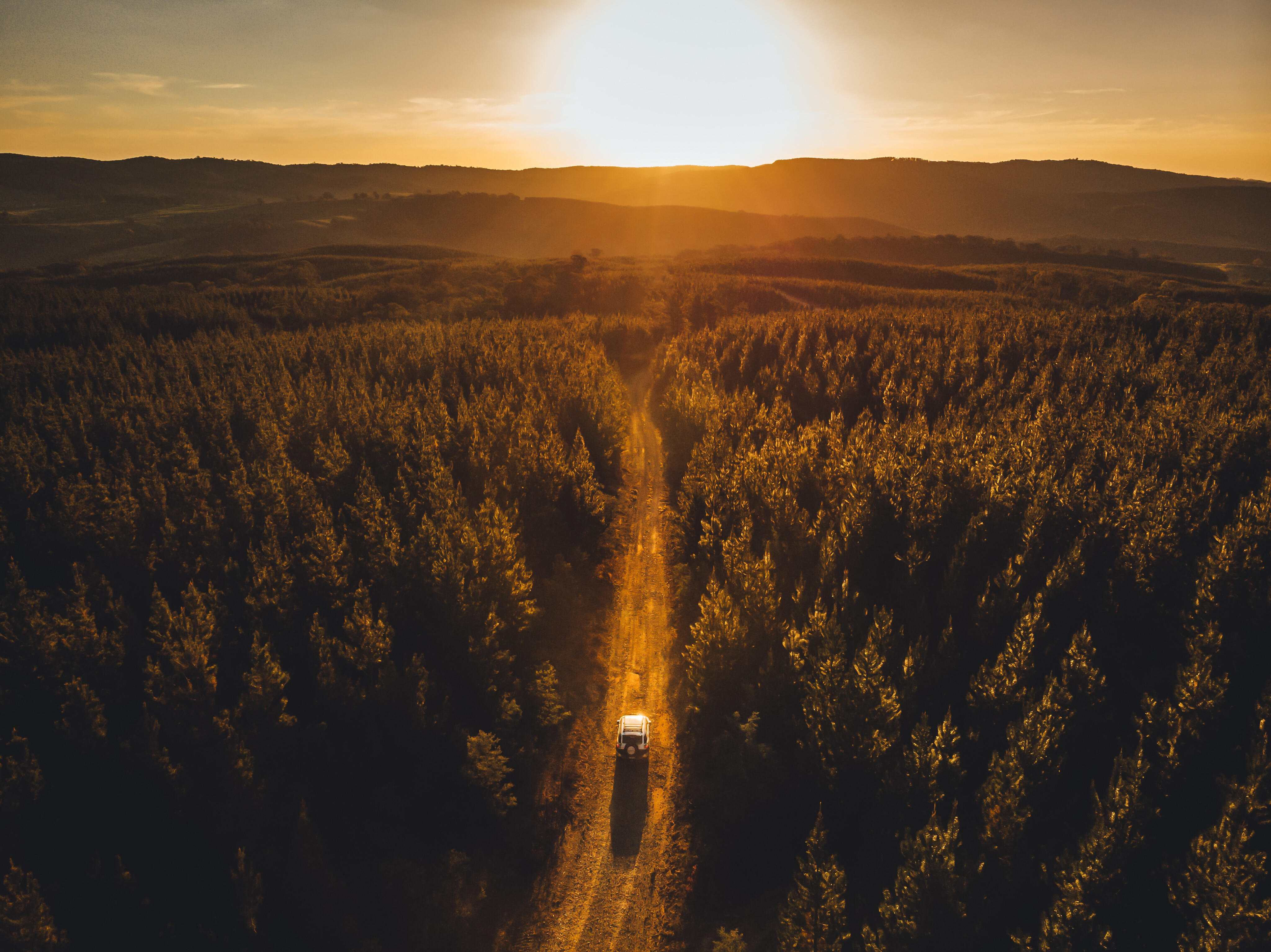
Five of Australia’s highest peaks, ancient glacial lakes, and 20,000 years of history
Stretching from Canberra in the north to the Victorian border in the south, the region covers endless sweeping plains, five of Australia’s highest peaks, ancient glacial lakes, and 20,000 years of history from ancient feasts to the hardened High Country stockmen of Banjo Paterson’s The Man From Snowy River.
Over the course coming paragraphs we’ve put together a hitlist of how to see the Snowy Mountains, from the places to camp and the places to see, to the tracks that link them all together.
Here’s our guide to help you start planning your trip to one of Australia’s most known, but best kept secrets.
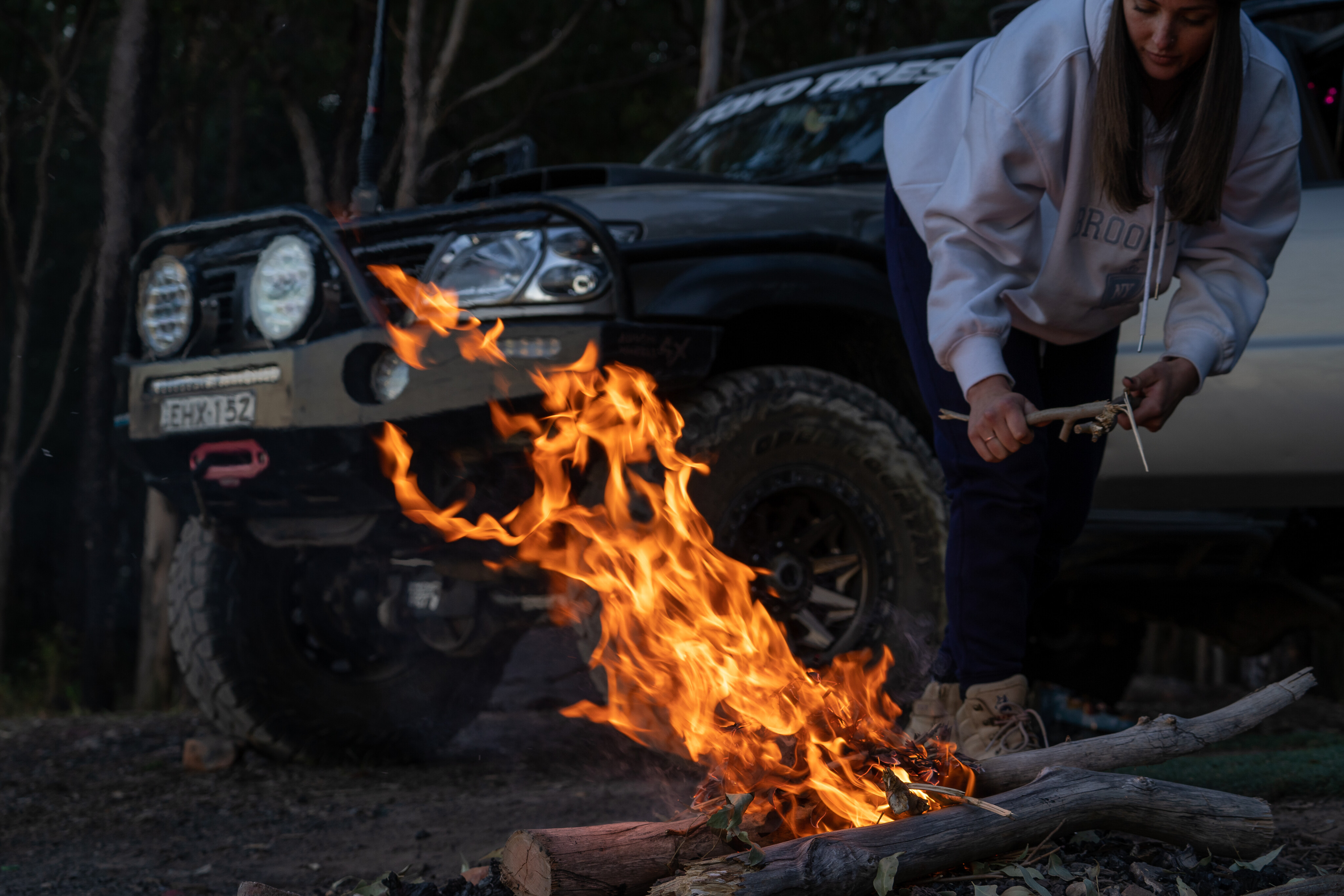
Places to camp
Long Plain Hut Campground
If there was ever a campsite to perfectly encompass the Snowy Mountains, it’d have to be the famous Long Plain Hut Campground.
Nestled high in the hills above Long Plain itself, the campground boasts sweeping views of the plains below while offering plenty of protection from the elements amongst the snow gums. While booking is essential (and a $6 fee to do it) the campsites themselves are spacious with minimal infrastructure.
Whether you’re perched up high in a rooftop tent, rolling in with a caravan, or kicking out your swag by the fire, you’ll find a space to suit. Don’t expect any power, but there is a long-drop toilet in an old tin shed for people who like the fancier things in life.
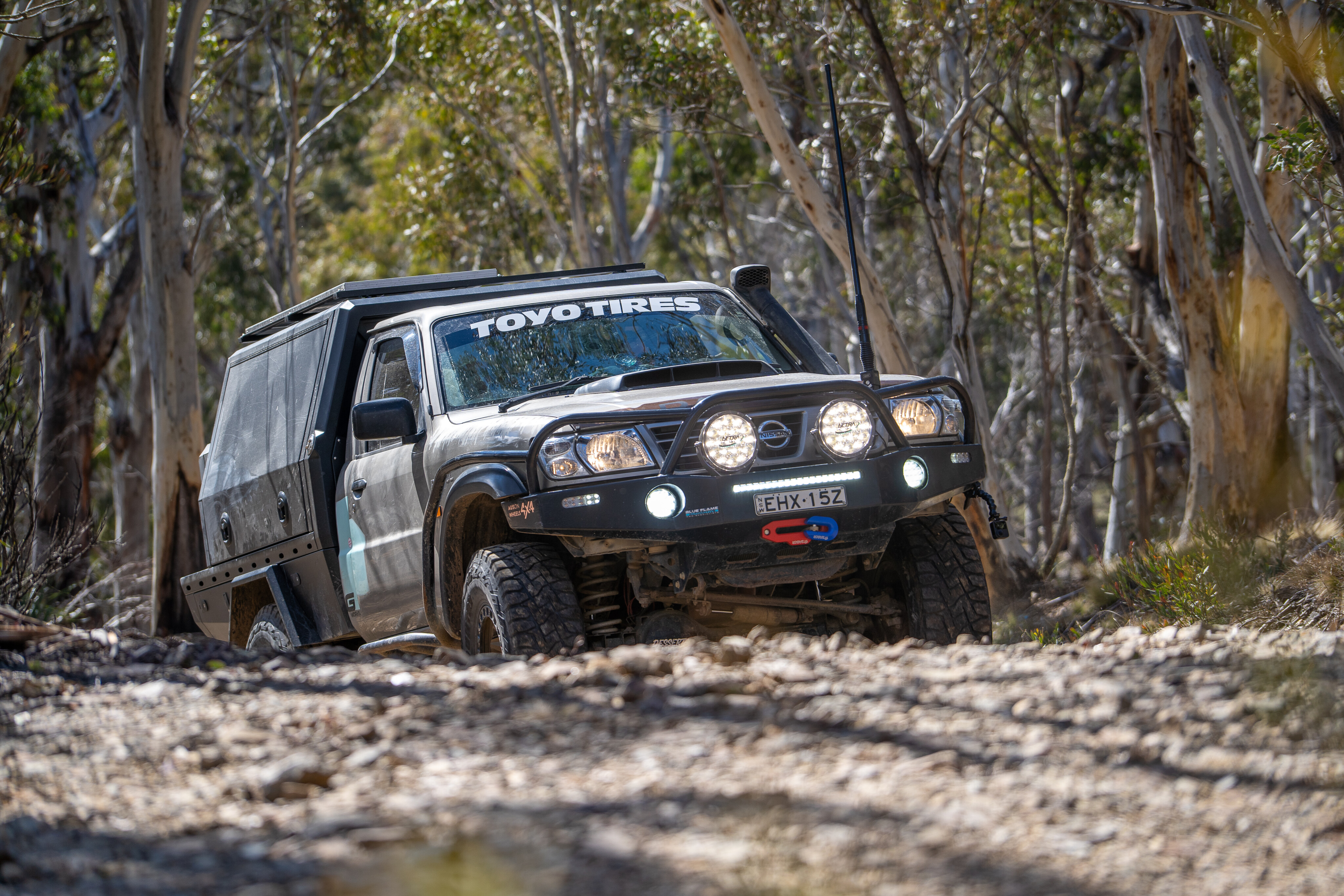
The campgrounds themselves are in the old yards of Long Plain Homestead, a remnant of the early pioneer days of the region.
Draped in history, the homestead played host to everything from graziers to gold miners over its 200-year history. You can still visit the hut today; like most alpine huts, it can be used in an emergency, but use your commonsense.
Located just a half hour’s drive from Talbingo and the Blowering Dam to the north, it’s the perfect spot to camp the night as you work your way down through the region.
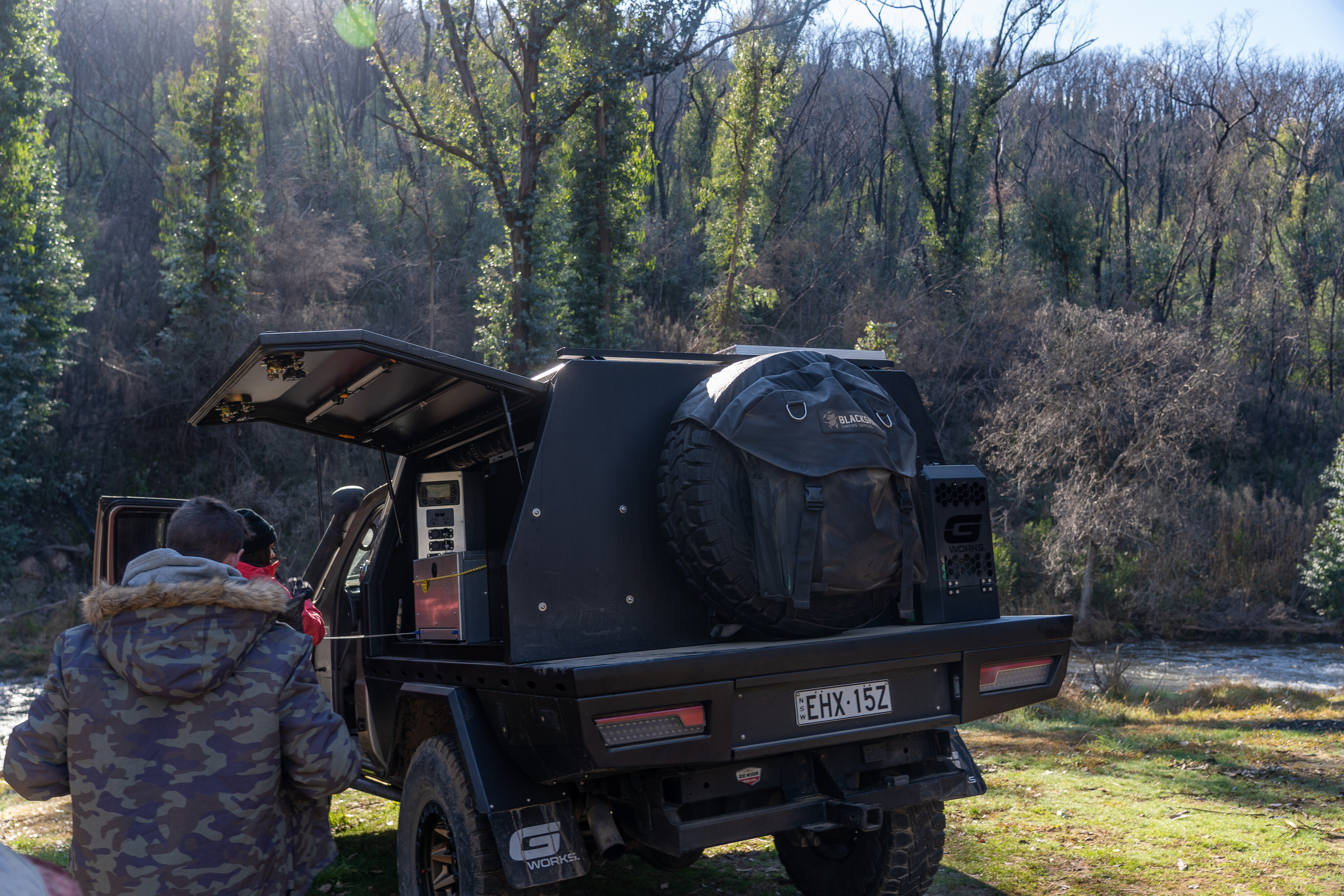
Pinch River-Moyangul Campground
Right at the southern end of the Snowy Mountains, Pinch River-Moyangul Campground is the perfect place to get away from it all, including away from all the other people getting away from it all.
Around 60 kays south of Jindabyne, Pinch River campground will take you a good hour of dirt road winding switchbacks along Barry Way near the Victorian border before you can pull up for the night.
In autumn and spring the camp makes a fantastic spot for people looking to swim or lilo in the mighty Snowy River running alongside the camp, or for people looking to dodge the crowds in winter.
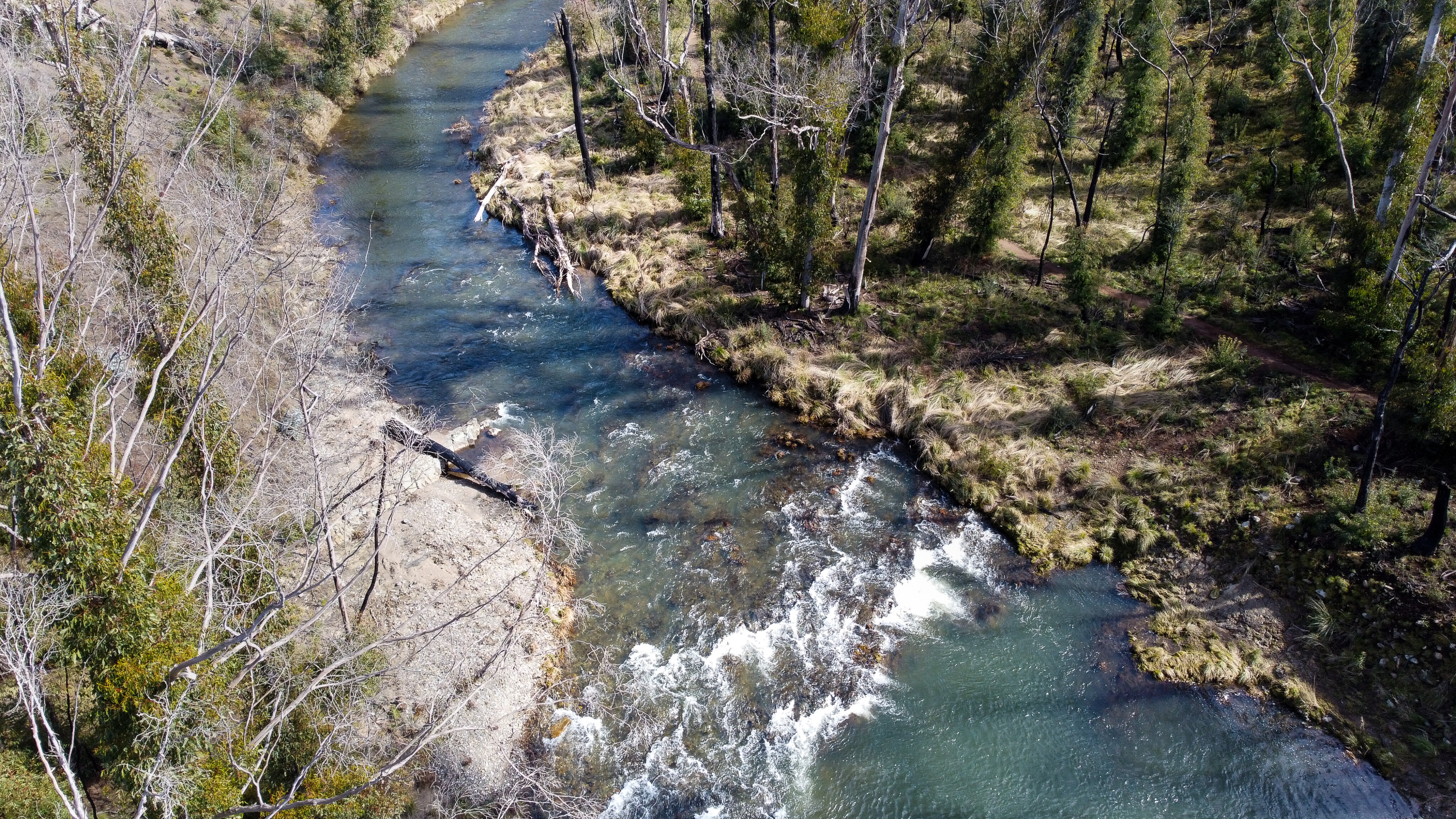
If you’re keen on a little deadly-treadly action, the 53km Pilot Wilderness mountain bike ride kicks off nearby, or alternatively just use it as one of the many campsites you can park up your rig for a night around the campfire.
Like most camps in this area, there are long-drop toilets, wood barbecues and fire rings, but you’ll need to bring in your own wood so load up the roof rack before you arrive.
The road in is steep and winding, so is best left for rooftop tents or swags; a caravan is a recipe for disaster and camper trailers won’t be much better.
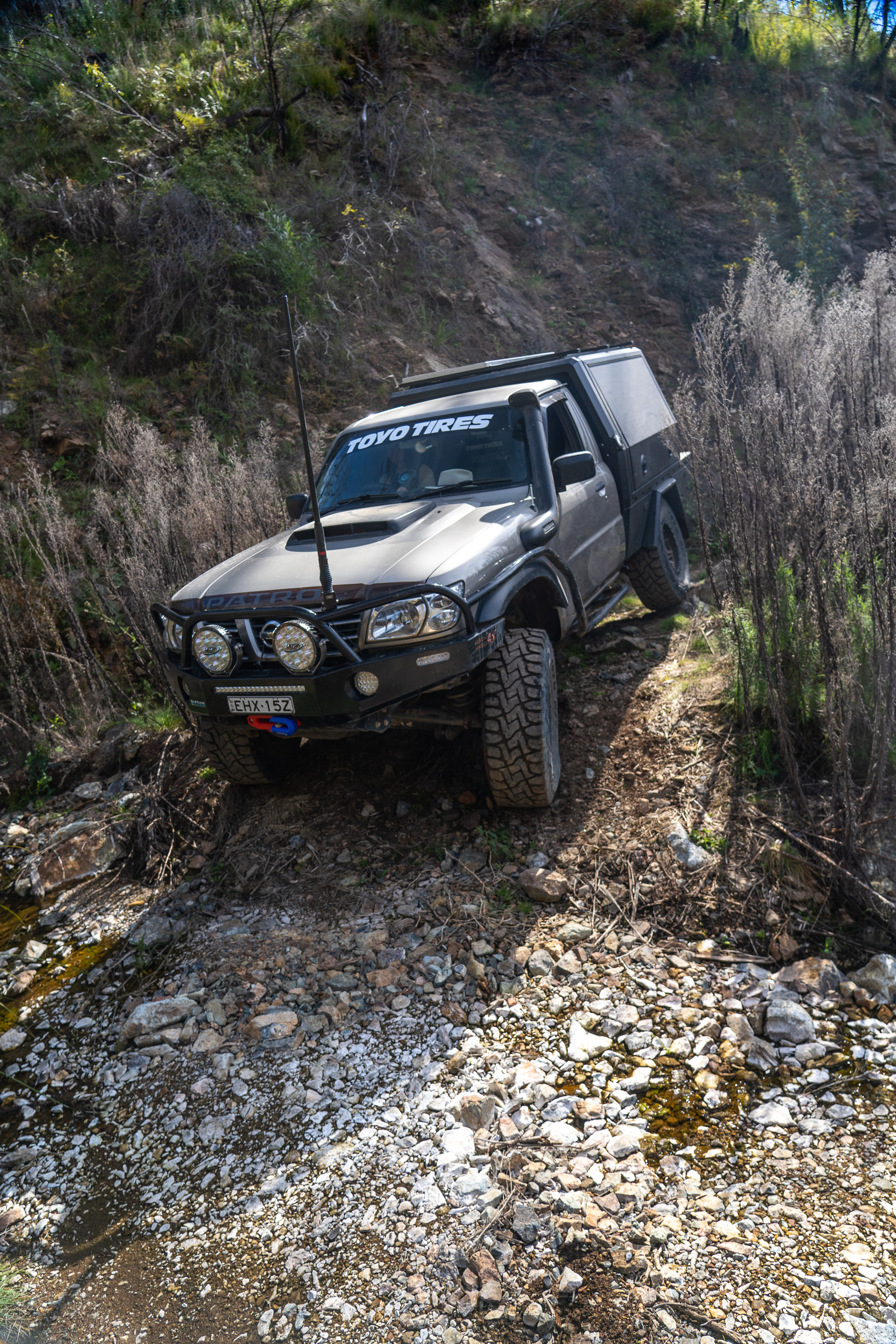
Tom Groggin Campground
Situated literally metres from the very southern edge of the Snowy Mountains region, Tom Groggin is a campsite starting to gain in popularity, but large enough that you can find yourself all alone if you avoid long weekends and public holidays.
Perched up on the northern banks of the mighty Murray River, it can be found 60km to the west of Jindabyne along Alpine Way.
The campsite features rolling alpine plains hidden amongst the gums, so there’s ample opportunity for camper trailers and caravans alike to spread out for a night or a few days.
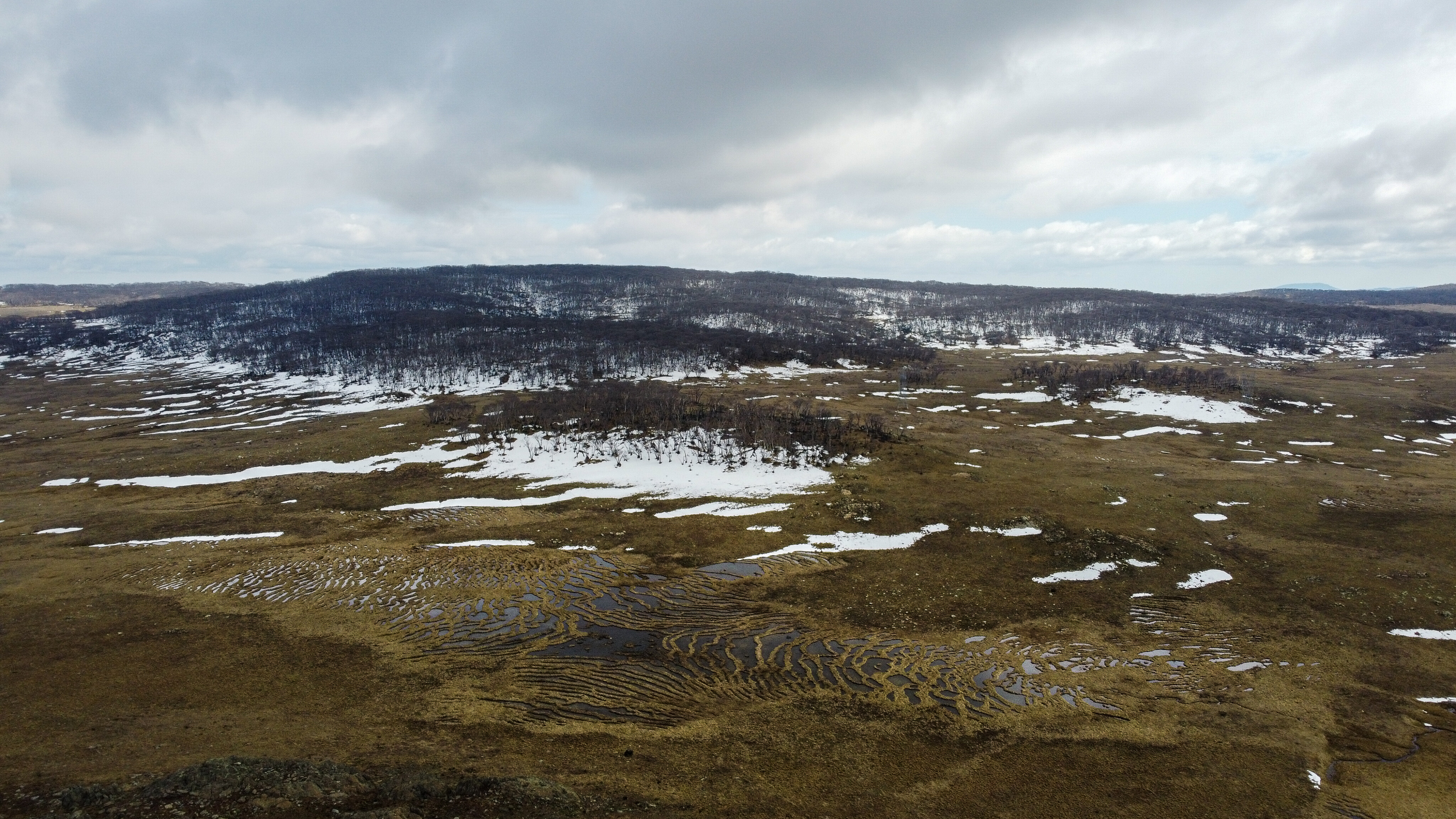
Head down mid-week and you’re guaranteed to find a quiet place to yourself with nothing more than a campfire to keep you company.
While temperatures can get low enough to make you rethink your life choices, you’ll have plenty of eastern grey ’roos and echidnas to distract you.
There are also plenty of mountain biking and hiking trails in the area, but the real attraction is Mt Pinnibar just across the Murray. Just don’t tell Victorians we’re roping it in as part of the Snowies.
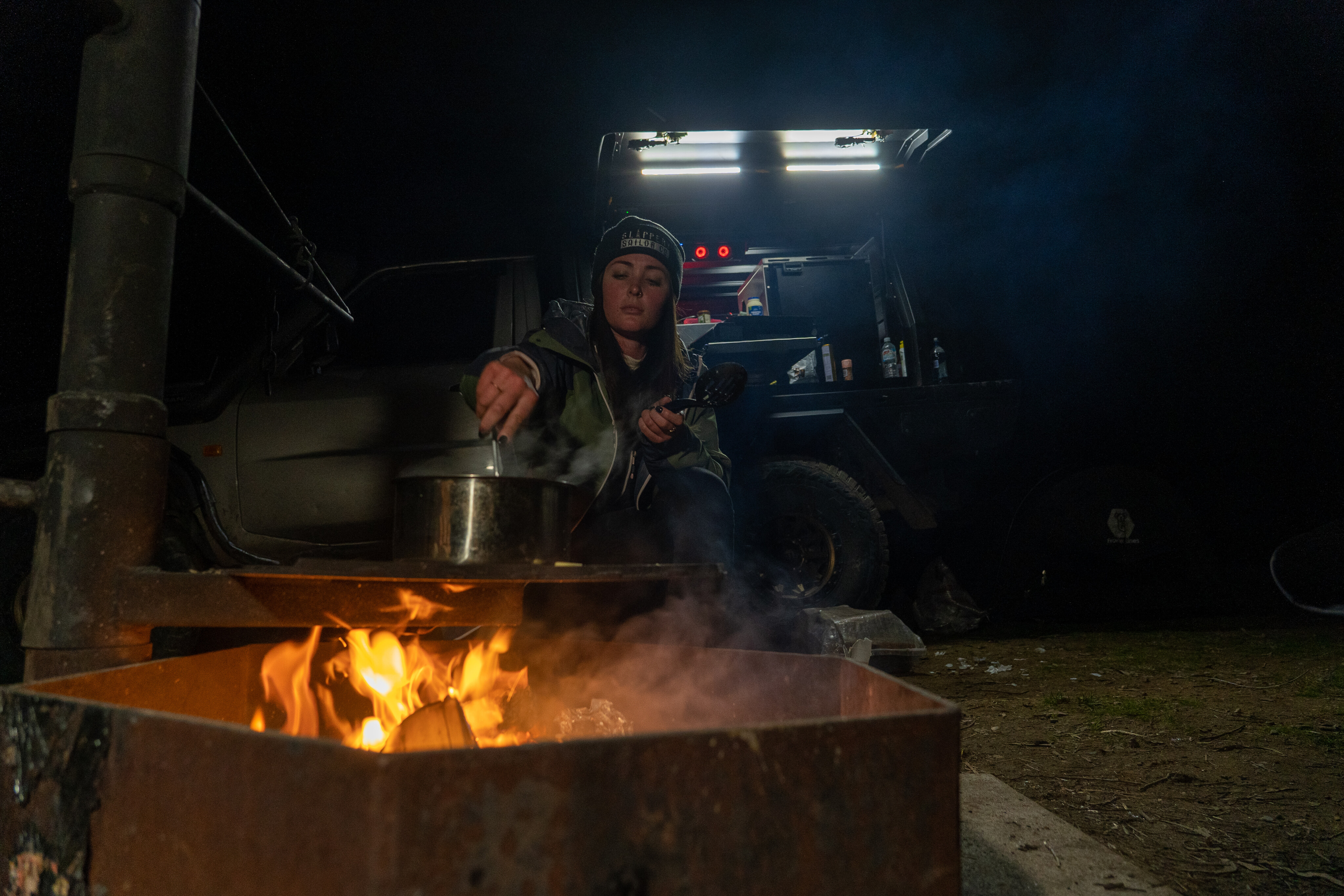
Gungarlin River Campground
If you absolutely don’t want to see anyone else at camp then Gungarlin River Campground needs to be on your hitlist.
Perched up high in the hills to the northwest of Lake Jindabyne, Gungarlin River Campground is 4x4 access only and has the low visitor numbers to prove it. At 1300m above sea level you’re well above the snowline so expect cold nights and colder mornings.
The area is closed over winter but time it right and you’ll score yourself an epic alpine adventure before the rangers lock the gates.
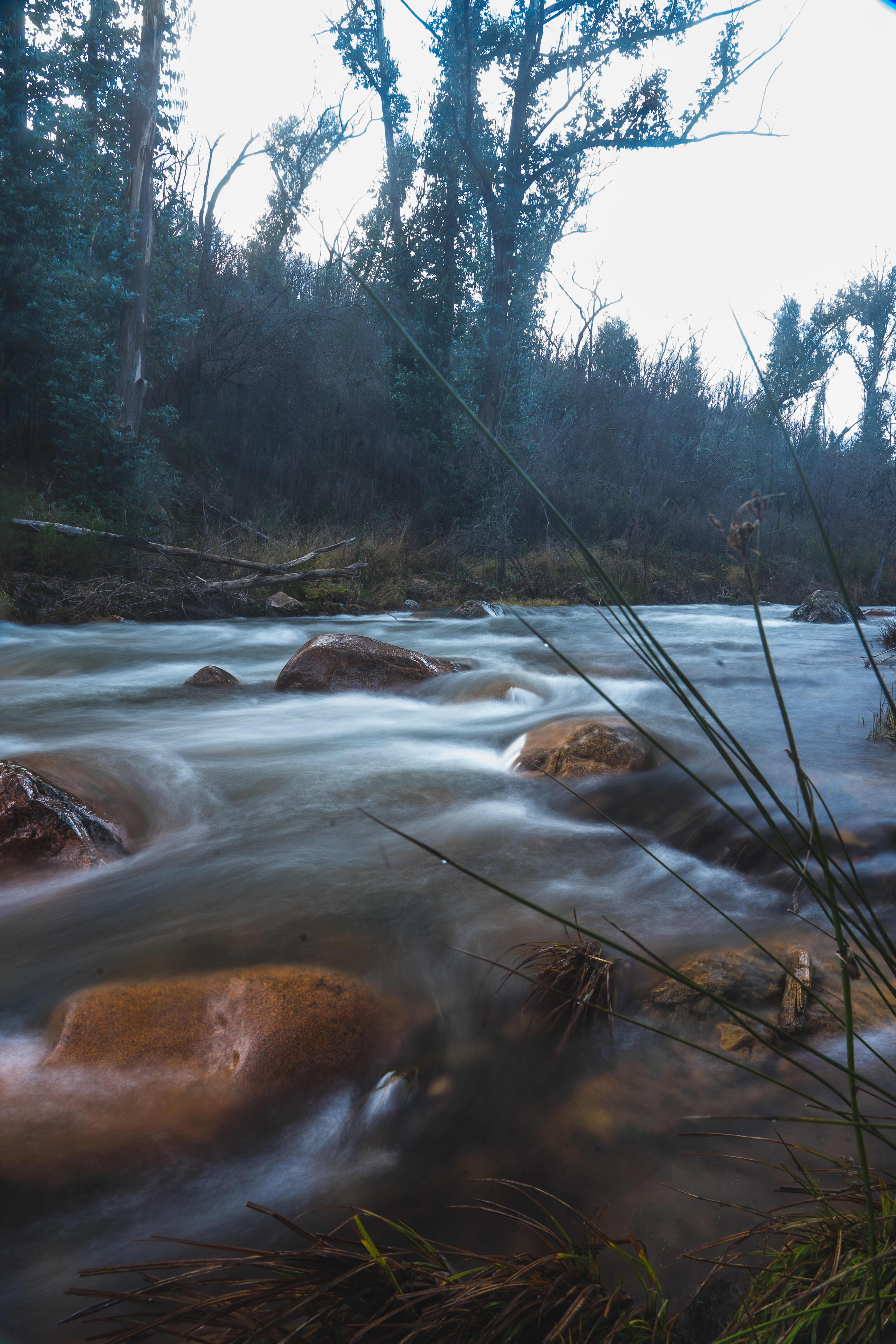
Fording the river is worth the experience so leave the old rickety bridge to its own devices and find a little remote wilderness on the banks of the Gungarlin.
You’ll get a camper trailer in, but caravans are best left on the blacktop. There are basic amenities like tables and barbecue pits, but there are no powerpoints or bollards within cooee so don your Akubra and live a little High Country Men lifestyle for the night.
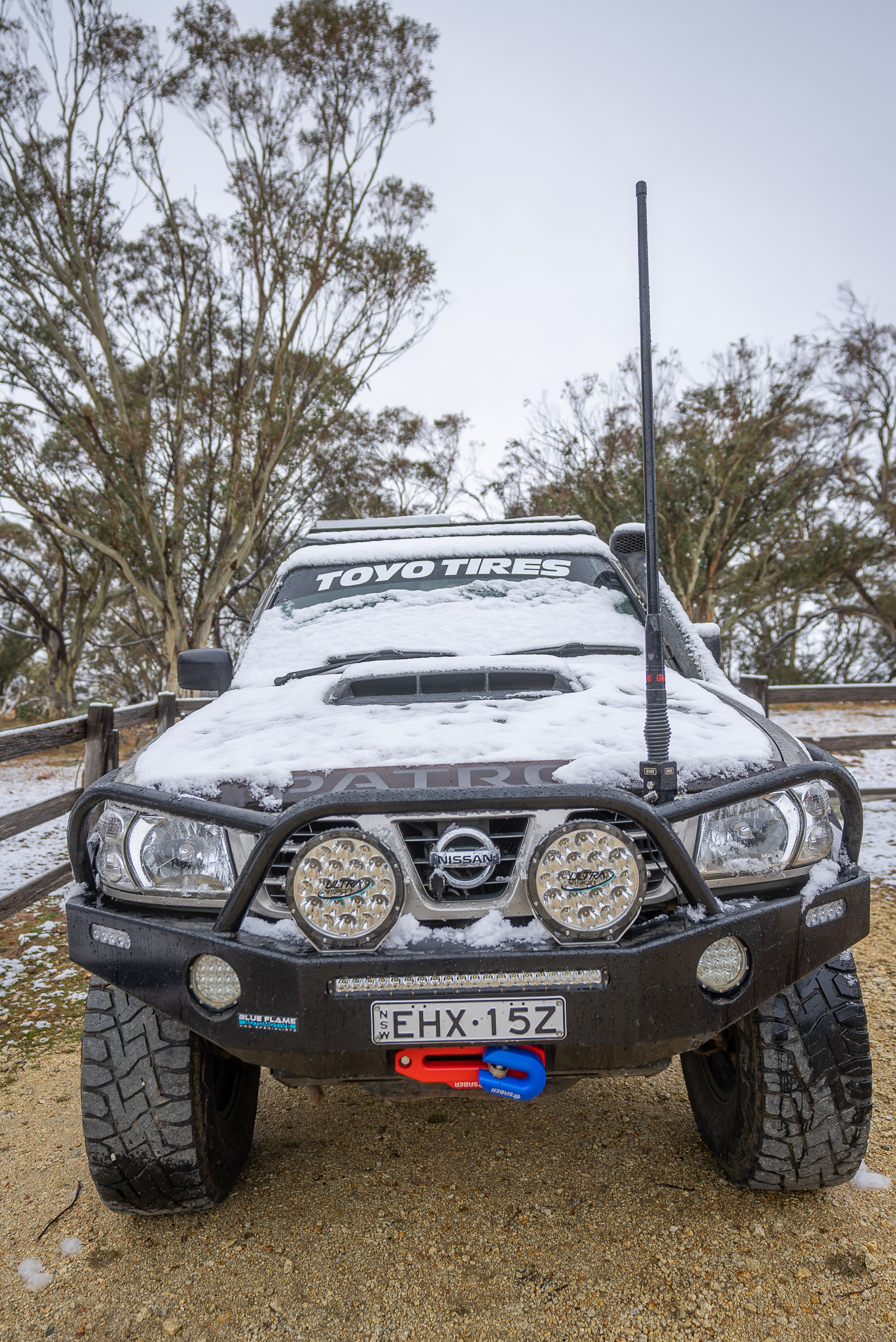
Tracks to drive
Lower Snowy Drive (Barry Way)
We’re going to level with you here: if you’re after wheels in the air while your 37-inch tyres scrabble for traction you’re going to have to settle for a few side tracks because the main attractions in the Snowy Mountains are epic touring and stunning views, not hardcore low-range action.
The Lower Snowy Drive might just be one of the best too. Showing as Barry Way on some maps, it looks little more than a route from point A to point B, but on the ground it’s a near endless single-lane trail winding its way up and down mountains, through tight switchbacks with perilous drop-offs on either side, and often framed with the mighty Snowy River on one side and sheer cliffs on the other.
Kicking off from Jindabyne in the north, the track meanders through the Lower Snowy River wilderness for nigh on 100km, passing by countless lookouts and campsites along the way.
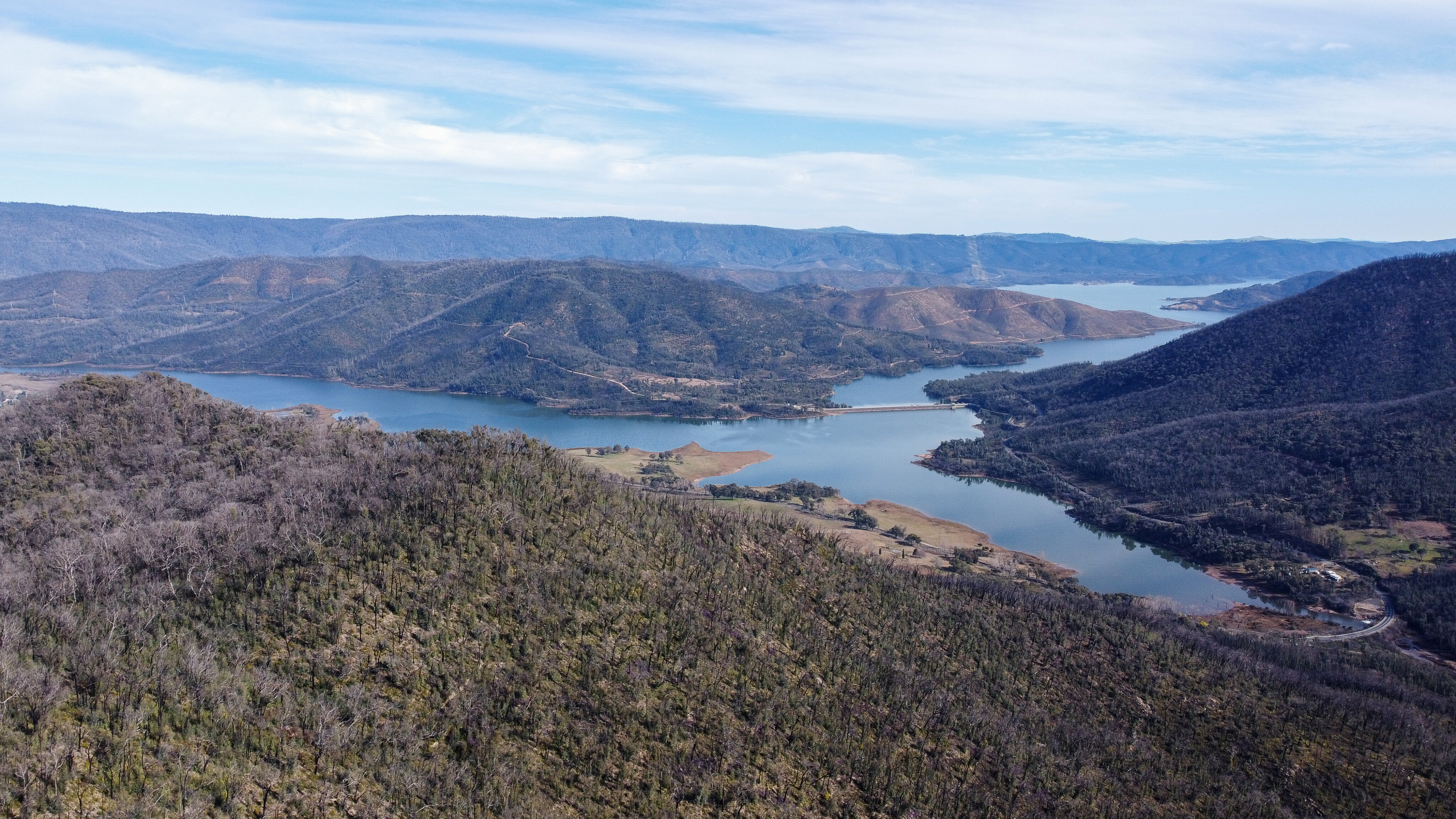
If you fancy flicking a line, the river is teaming with life, or stop in at Jack’s lookout for a bird’s eye view of the river.
Somewhere along the way you’ll tick past a sign marking the Victorian border, and while the terrain won’t look any different, you’ll have access to some epic tracks if you’re looking to throw a little hardcore in with your touring.
When you cross the border you can hook west through a labyrinth of trails to end up near Tom Groggin and Mt Pinnibar, or push east to take on the mighty Deddick Trail.
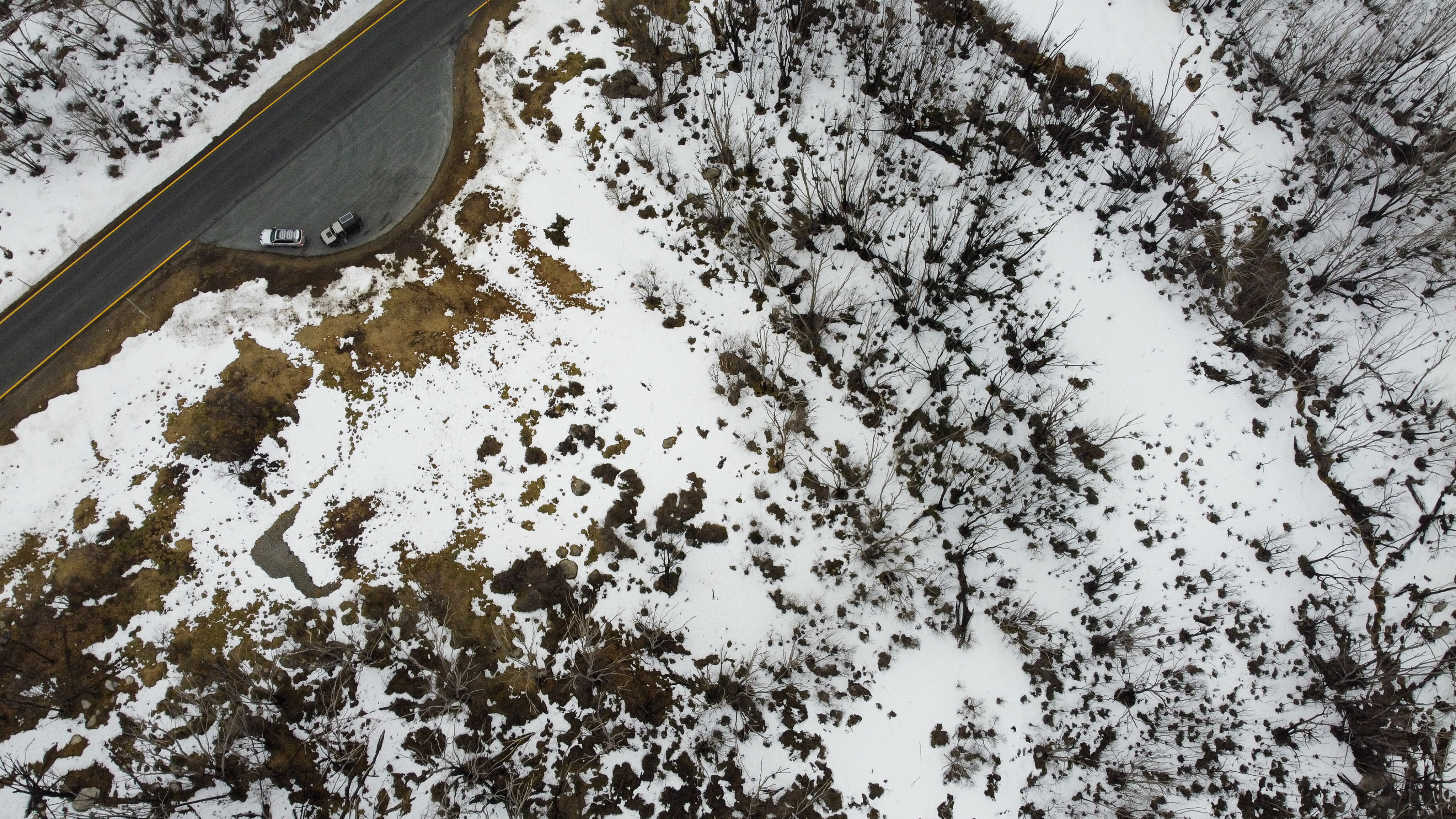
Broken Cart Trail
While there are plenty of quaint towns and stunning scenery if you follow the blacktop south to the Snowies, save the pie shops and breweries for the return trip.
Instead, on the way down, pick up a track called the Broken Cart Trail. Starting in the back of the Brindabella Ranges in the ACT, the Broken Cart Trail is a sure-fire way to experience the Snowies in good and proper isolation.
The track will see you zig-zagging through pristine alpine wilderness for over 100 kays as you make your way deeper south into the Snowies. Follow through enough river crossings and bog holes and you’ll eventually link up to the northern end of Long Plain Road and all the touring and scenery it has to offer.
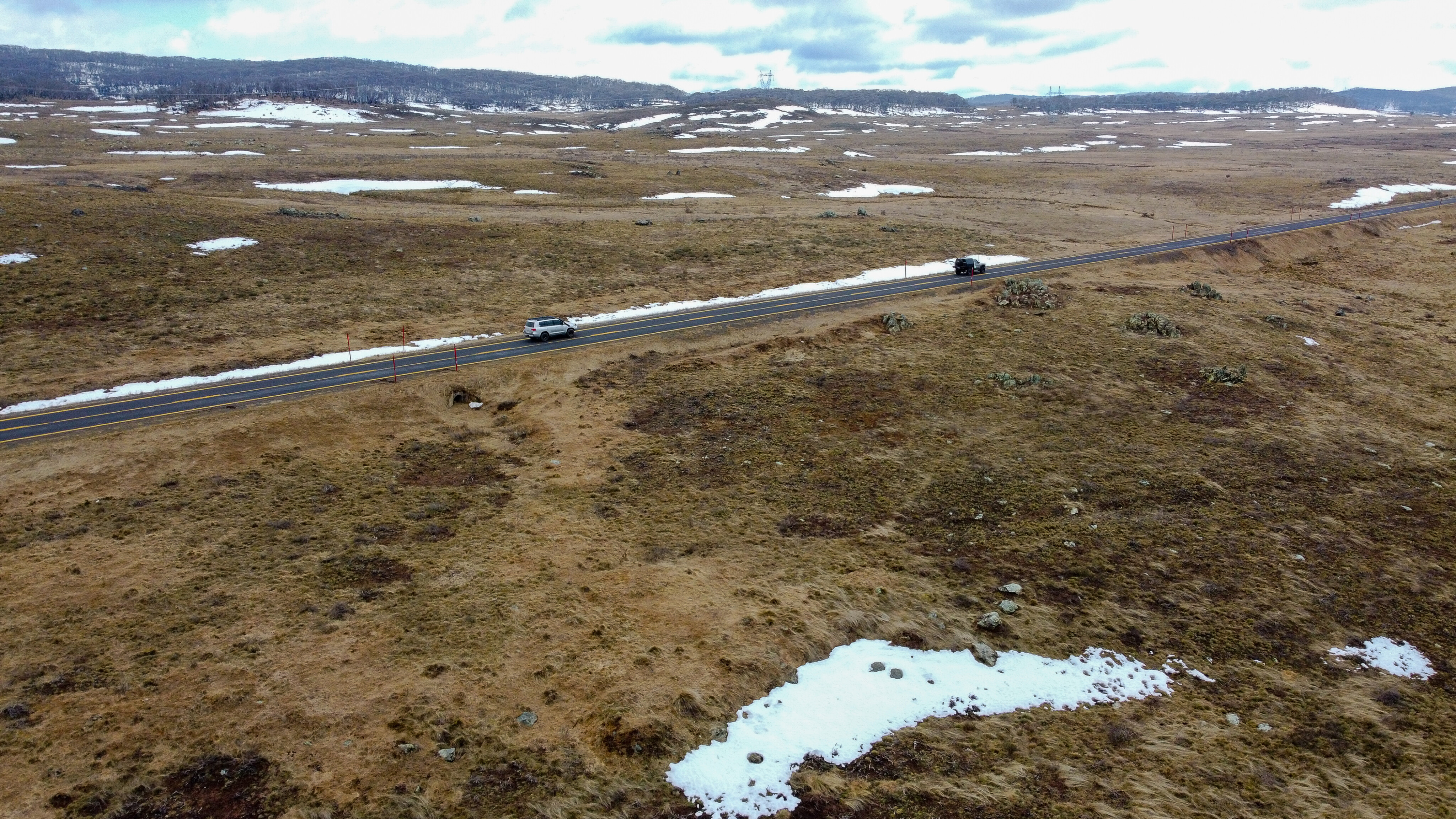
If you’re on the hunt for mud, ruts, and wheel lifts, allow yourself an extra day or two as you travel along the trail to explore the side tracks.
Skirted by the Bimberi Nature Reserve to the east and Blowering Dam to the west you’d be hard pressed to find any signs of civilisation out here.
Like most regions in the mountains, it can be wildly affected by weather so pack warm, expect closures over winter, and don’t head in without a chainsaw. You should be right towing a camper along its length, but your off-road van may be a gamble.

Geehi Walls
If you’re a history buff, a fiend for a good side track, or just want to explore more of the iconic high country huts, then the Geehi Walls and Major Clews Trail loop should be right up on your list.
If you’re heading up in a Jeep on 40s, don’t expect too much of a challenge, but for everyone else it’s a great day out exploring with the hubs locked in.
Kicking off around 30 clicks south of Khancoban along the Alpine Way, you’ll hook a right at the Geehi Picnic Area where you’ll find basic amenities and ample camping at Geehi Flats, as well as the Geehi Hut to poke your head into.
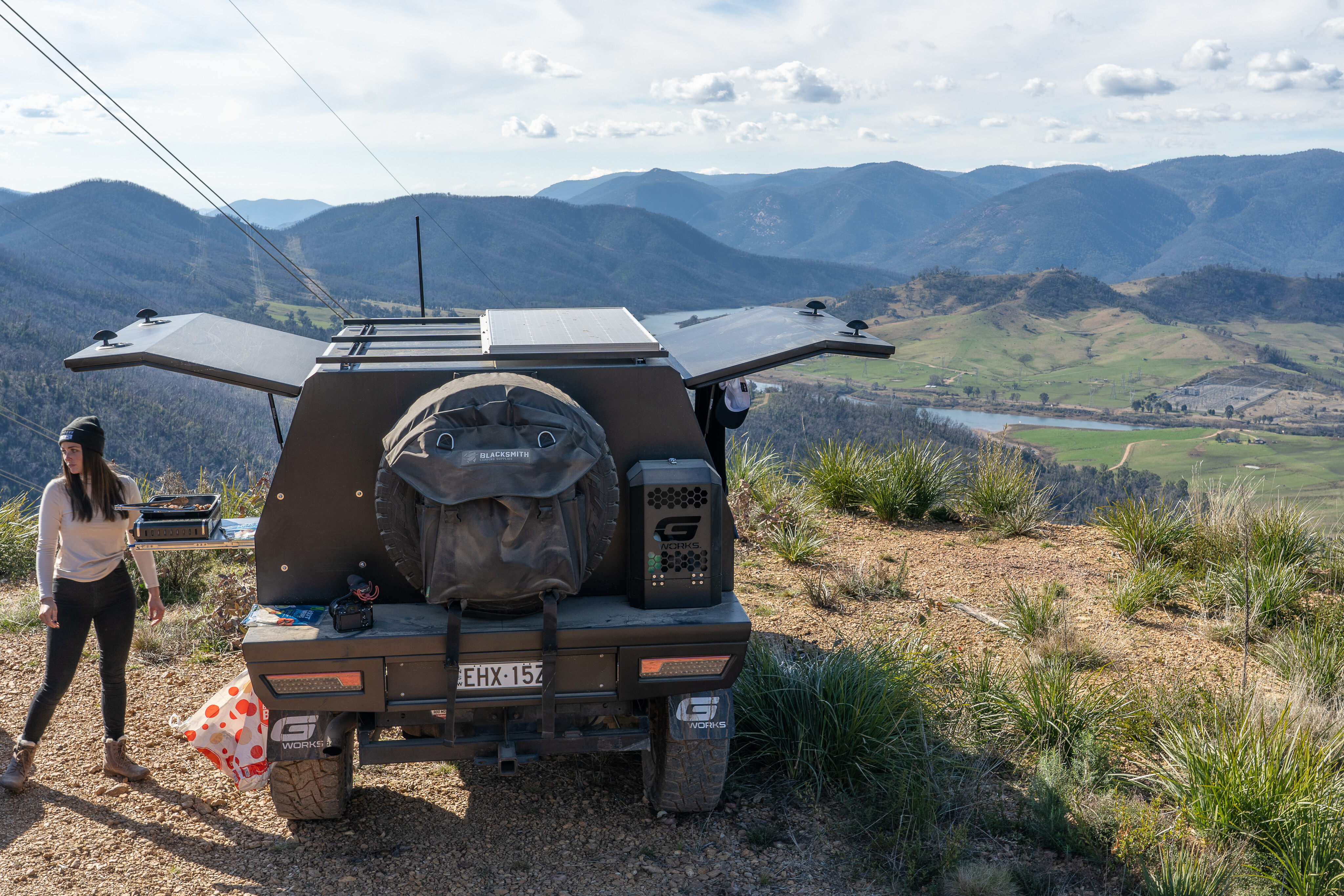
You’ll head deeper into the campground along the Behrs Flat Trail before facing a couple of classic Snowy Mountain river crossings on the Swampy Plain River.
In warmer months, the path is well trodden but with river rock bases you’ll need to take things slow. As the snow melts above, the water levels can rise, so don’t assume it’ll be an easy crossing and barrel in blindly.
Deeper along the track you’ll hook right at the Old Geehi Campground and start the long climb back up into the hills. The track gets steep, rocky and narrow in parts but the views are well worth it and the old cattleman huts along the way provide plenty of opportunity to stretch the legs.
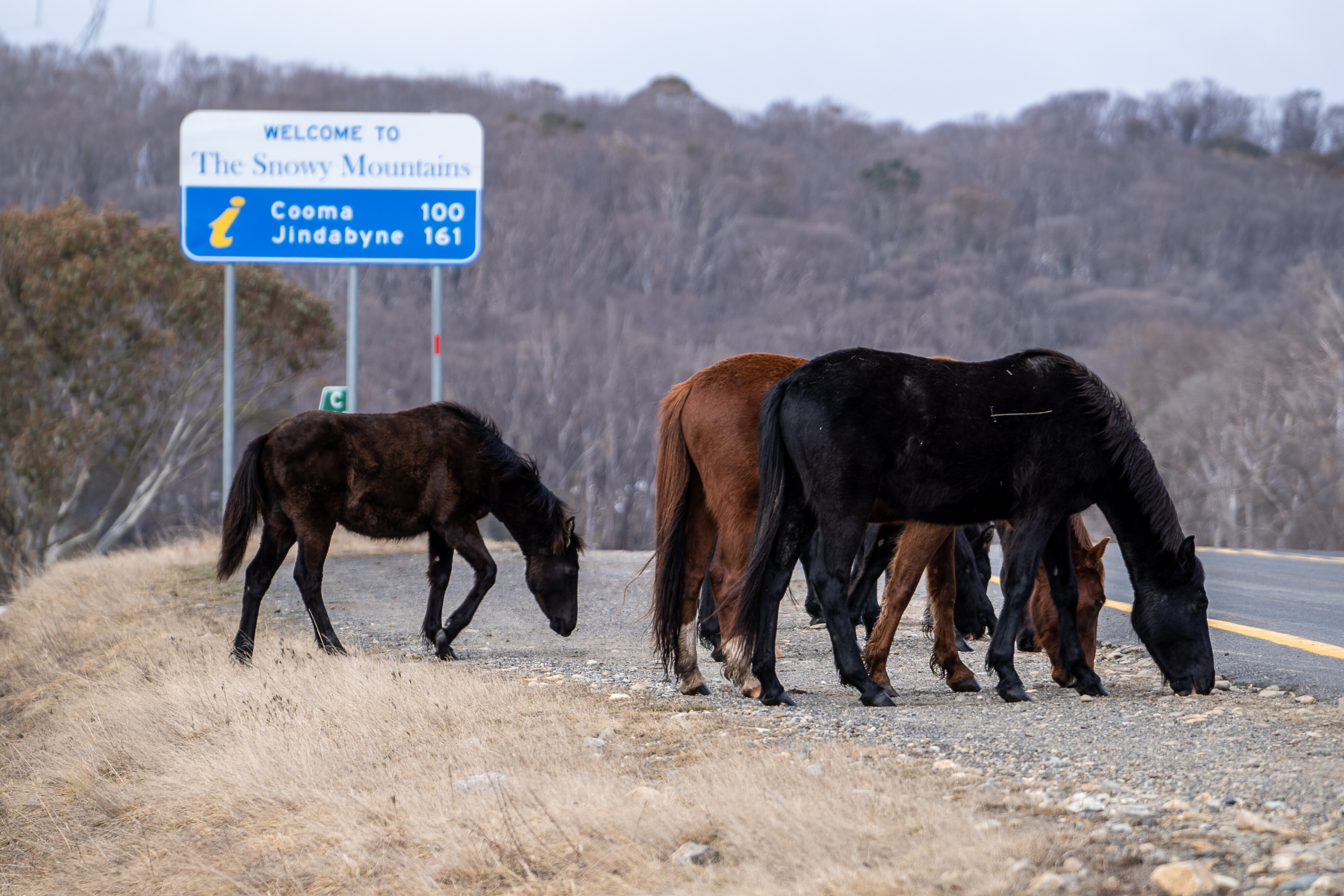
Mt Pinnibar
We’ve left the best to last because quite frankly it’s a little morally ambiguous.
Not in the end-up-in-the-newspaper kind of way, more like eating an apple when your neighbour's apple tree hangs over your fence line. Mt Pinnibar is just a stone’s throw across the Victorian border, but it’s best accessed from none other than the previously mentioned Tom Groggin campsite you’ve already punched into your must-see Snowies itinerary.
You might as well air down your tyres at camp because you’ll cross the mighty Murray River right from Tom Groggin over on to the Tom Groggin track in Victoria.

You’ll be reaching for 4-low as your spotlights point to the sky and your tyres will be scrabbling for traction as you navigate the various ruts and steps along the way.
You’ll throw it in 4-high as you snake your way through the dense bush before finally starting the climb up Mt Pinnibar itself; with the summit a massive 1772m above sea level it’s one of the highest roads in the country. At the summit, you’ll have endless views out over snow-capped mountains in every direction, but the climb up is just as good.
You’ll be reaching for 4-low as your spotlights point to the sky and your tyres will be scrabbling for traction as you navigate the various ruts and steps along the way.
It copped a flogging over the 2019/2020 bushfire season, and receives plenty of snowfall, so is subject to a variety of closures. If you can align the stars to get up there when there’s snow on the ground it’s one of the most magical tracks in Australia. Just don’t let the Victorians see you sneaking over the border.
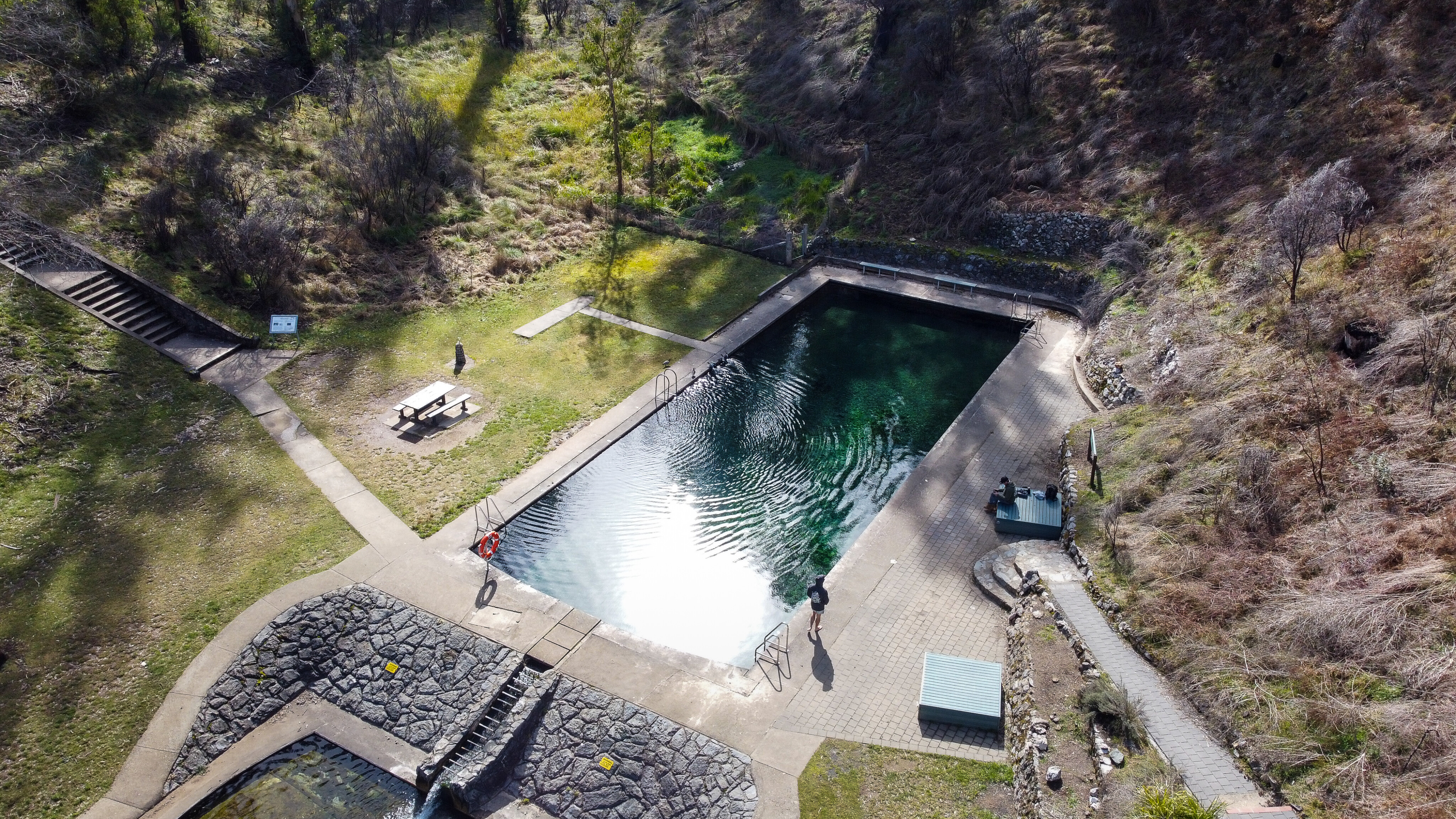
Sights to see
Yarrangobilly Region
If there are two things that go together like peas in a pod it’d have to be snow-covered alpine regions and outdoor swimming.
Alright, well not normally, but Yarrangobilly Thermal Pools aren’t your typical public pool. Heated from a subterranean water source 1km below ground level the pools are heated to a comfortable 27°C year round. There’s a 25m long pool cascading down into a smaller wading pool for kids. The climb back up to the carpark sucks so take your time and do the gentler 3km Yarrangobilly river walk instead to get back.
If you’re feeling extra adventurous, the area boasts six massive limestone caves through which you can do guided or self-guided tours.
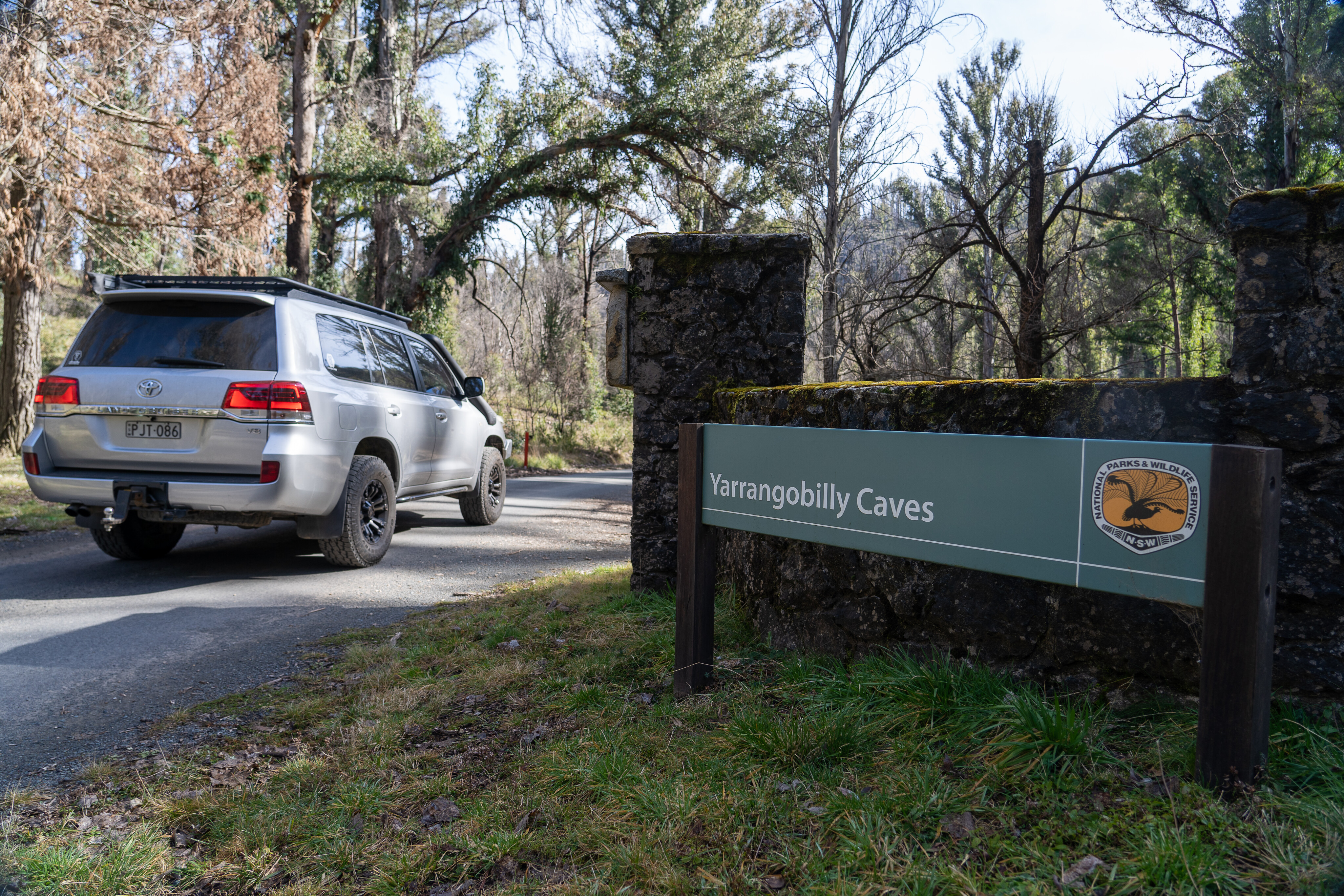
Clarke Gorge
Dust off the lamborfeeties again as Clarke Gorge is one of the most spectacular must-dos in the Snowies, and it’s best done with a pair of hiking boots.
Kicking off near Blue Waterholes campground deep into Long Plain, Clarke Gorge is a 5km loop that’ll take you 400 million years back into the past. Cut deep into the limestone surroundings by Cave Creek, the Gorge features cave formations along both flanks with a stunning 15m waterfall at the end as well as views down into Wilkinsons Gorge.
The going will be tough with several creek crossings along the way but is well worth it if you’re up for the physical challenge. The creek dips underground some way before popping up again at Blue Waterholes.

Coolamine Homestead
If you’re travelling along Long Plain Road you’d have to be bonkers not to duck on into historic Coolamine Homestead for a quick visit.
A remnant of the old sheep and cattle grazing days where drovers would utilise the plains for easy summer grazing, the Coolamine Homestead features four unique buildings constructed in the late 1800s.
The Cheese Hut constructed out of interlocking whole logs is well worth a look, the thick logs designed as a thermal battery to maintain a consistent temperature perfect for storing dairy products.
But the newspaper-lined Campbell House is the main attraction. Constructed out of horizontal timber slabs, the inside is lined with newspapers as wall coverings dating from the early 1900s to the 1980s when restoration works were undertaken. It makes for interesting reading and a unique look at our history.

Mt Kosciuszko Summit Walk
Look, most attractions on a trip like this are best experienced somewhere down a dirt track, but we do need to make a few exceptions from time to time.
The hike to the top of Mt Kosciuszko is an experience like no other, and what better time to tick it off the bucket list.
The quick option is to head up in summer, catch the chairlift up to Eagles Nest and do the 13k return hike. If you’re a little more adventurous, the Alpine Lakes Hike is an all day 19km effort along the ridge line that’ll swing past the summit and head out past the glacial lakes too.
It can be looped into a 32km return loop picking up the Seamans Hut as well. Built in 1929, the hut is a memorial to Laurie Seaman and William Hayes who perished attempting to ski the summit in 1928, both men within an inch of salvation refusing to leave the other behind, a testament to the fact that despite the ski lifts and bakeries, this is still wild country.

COMMENTS